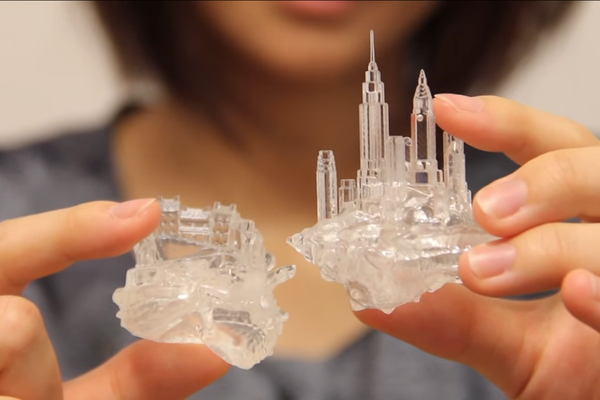Watch Sand Bubbler Crabs Transform a Beach Into a Field of Tiny Sand Balls
These crustaceans must filter sand fast before the tide returns.
On sandy beaches in Australia, Thailand, and other regions of the Indo-Pacific, you may stumble across these strange star-like patterns in the sand. Tunneling their way up through the surface after the tides recede, sand bubbler crabs emerge from their damp, grainy dens and quickly transform a smooth, picturesque beach into a plain of sandy pellets.
In the time-lapse video, the cute globular crabs raid a beach in Koh Lanta, Thailand. The sand bubbler crabs look like they are infesting the beach as they uplift the terrain, but the tiny crustaceans are actually harmless. Measuring about just a centimeter across, sand bubbler crabs can cover an entire beach in little sand balls within just a couple of hours after a tide retreats. The radial formations left behind have been described as “sand ball flowers” and “sand ball galaxies”—pieces of art.
Their odd bubble-shaped bodies, and two projecting eyes gave the sand bubbler crab, species Scopimera inflata, its name. The crabs easily blend in to the environment, as their exterior matches the shade of the sand, and have claws perfect for digging and sifting through grains.
During low tide, a sand bubbler crab will poke out from the mouth of a burrow, surveying the beach to make sure it’s safe to emerge. Then, it will clear the sand surrounding the burrow by pushing it with its legs. When satisfied, the sand bubbler crabs will began their sandy feast. They will scrape the surface of the sand by alternating their claws, spooning it into the mouth to filter and consume microanimals. The crabs will then rotate and form a little pellet of residue sand, and kick it off to the side with their legs.
You can see Malaysian sand bubbler crabs create the slimy balls of sand up close in the clip below filmed by Matthew Davidson.
These crabs are crafty in more ways than one. Males will also perform a funny dancing display to show others their dominance over the territory. They straighten their legs, stand tall, and stretch their claws high above the body. Then they’ll pull all their limbs back in quickly to go into attack-mode stance.
Every day we track down a Video Wonder: an audiovisual offering that delights, inspires, and entertains. Have you encountered a video we should feature? Email [email protected].

























Follow us on Twitter to get the latest on the world's hidden wonders.
Like us on Facebook to get the latest on the world's hidden wonders.
Follow us on Twitter Like us on Facebook